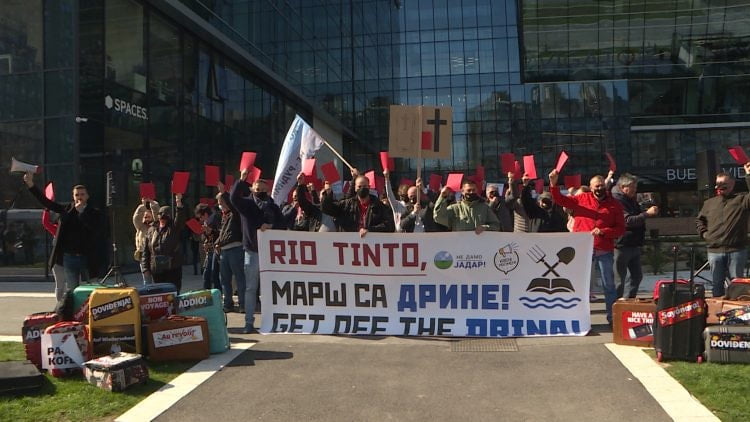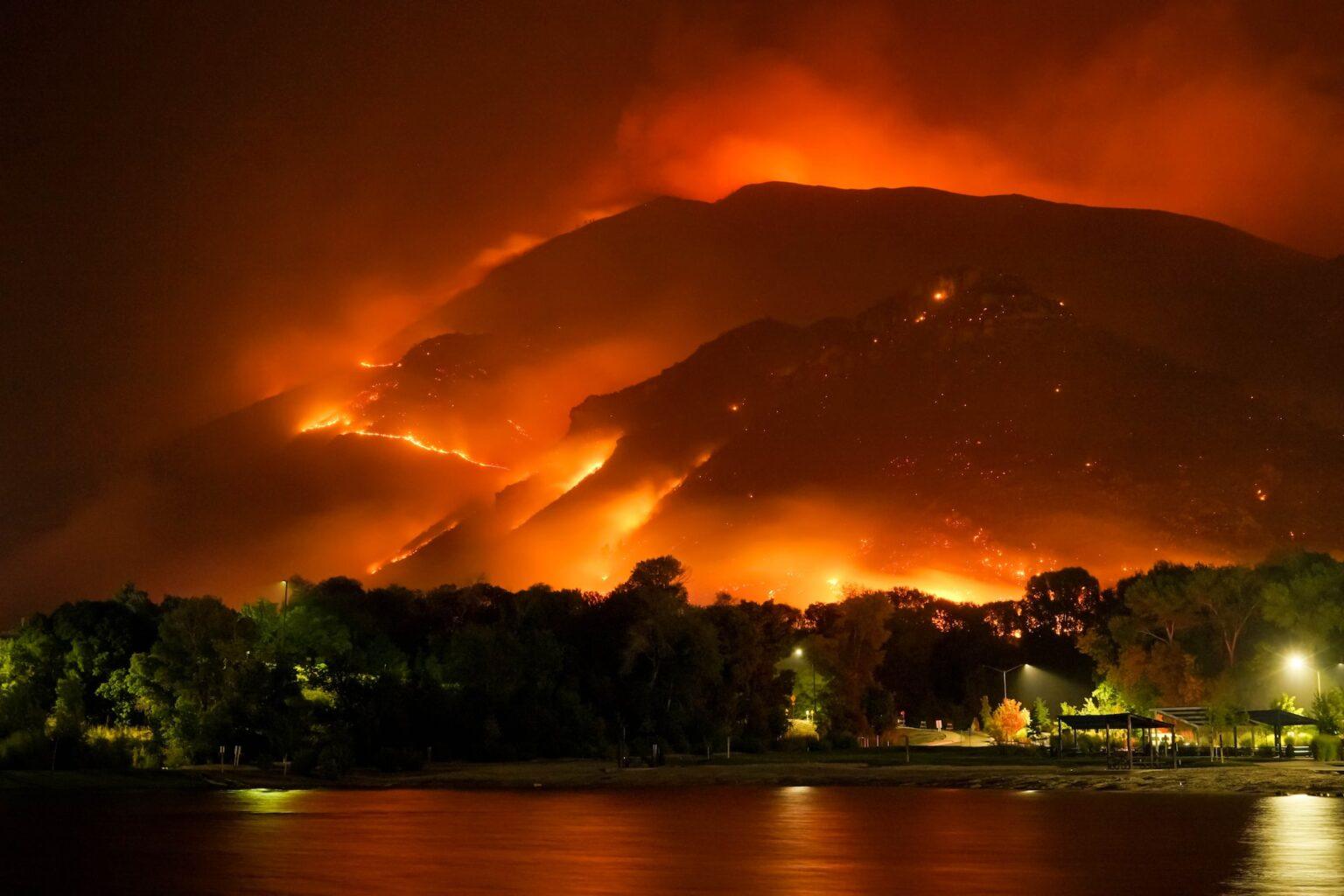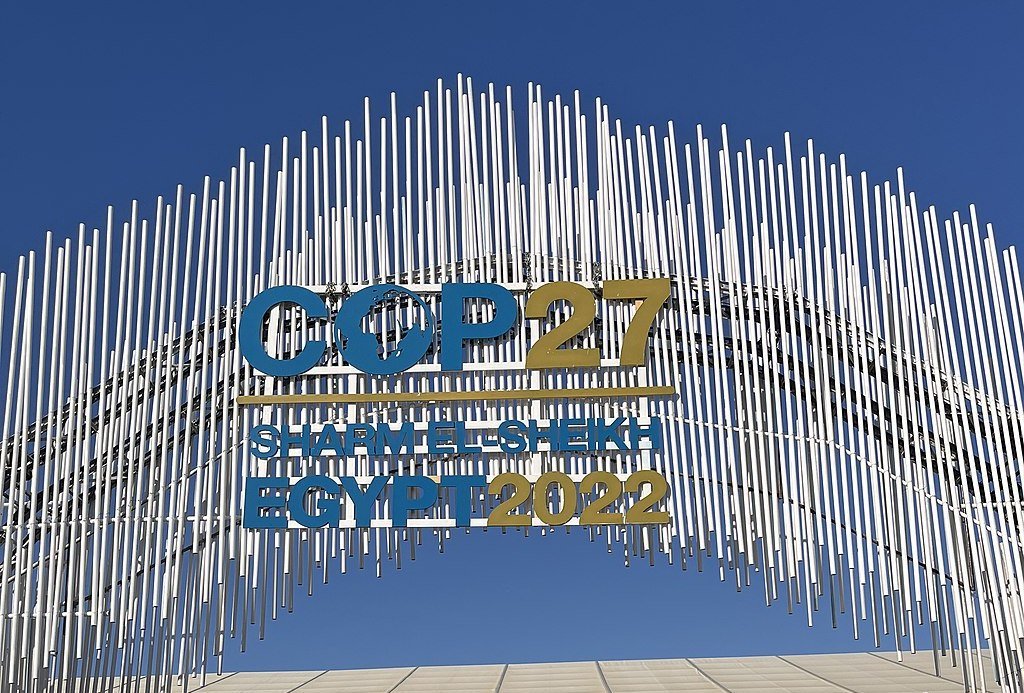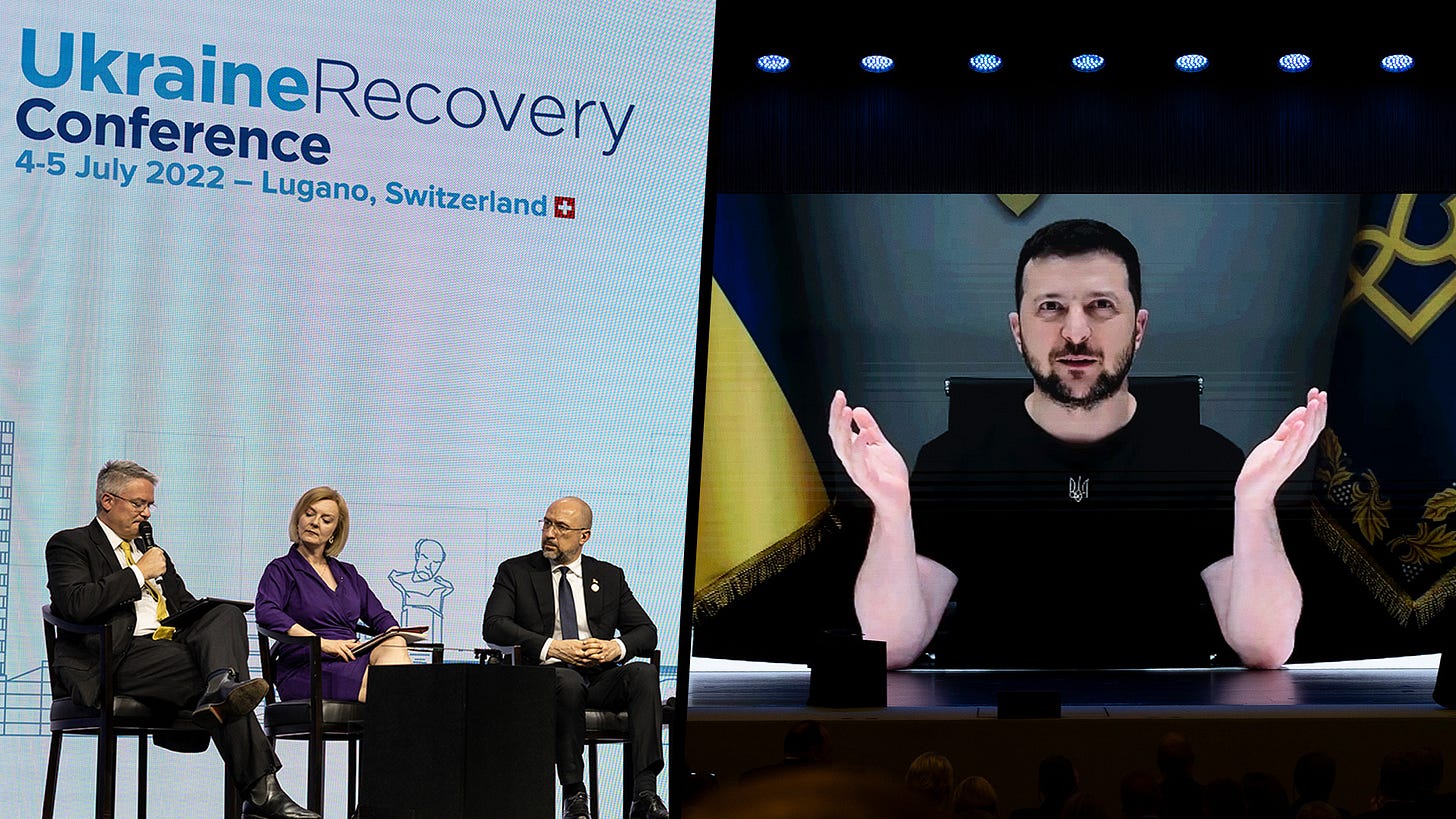Over the past couple of months, crowds in Serbia have gathered in the streets and sometimes blocked major roads and bridges. The main reason for the protests is opposition to the proposed lithium extraction project in the Jadar River Valley in Western Serbia. Some of the slogans they have used include “Stop the Investors; Save Nature,” “Rio Tinto, Get Away from the Drina River,” “For Land, Water and Air.” The protests that have captured the most attention were those in which people congregated at important intersections or on bridges and peacefully blocked traffic for an hour or longer. The protests were uncharacteristically decentralized; in addition to several locations in Belgrade, people gathered in other major cities, but also in small, and usually sleepy, towns. While exact numbers are hard to come by, it is safe to say that thousands — if not tens of thousands — of people have participated.
The mining company Rio Tinto has been buying land in the Jadar River valley and running exploratory drilling for several years now. According to its website, the company hopes to produce 2.3 million tons of lithium carbonate over 40 years and has committed $2.4 billion to the project.
This project had not been officially approved by the relevant authorities when the protests started, but Rio Tinto had been gathering support from the Serbian government and embassies of several countries in Belgrade. While Rio Tinto and the Serbian government lauded the project and the necessity of ramping up lithium production, many people in Serbia were vocal in their opposition to it, questioning the environmental bona fides of the company and the negative consequences of mining in a fertile and water-rich area.
Despite a petition to stop the Jadar project, the ruling regime seemed poised to go ahead with the project before the protests started. Several developments late last year seemed to be clearing the way for it—most recently, changes to rules governing expropriation and referenda.
The amendments to the expropriation act were passed by the Parliament and sent to the President to sign. Critics point out that the new rules lower the bar for declaring any big development project to be “in the public interest,” which would render the necessary space subject to expropriation in as little as five days. In response to the blockades over the past weeks, the President returned the act to the Parliament after which it was withdrawn. Thus, the protests scored their first victory.
The amendments to the referendum act, however, have been signed into law. According to the old referendum act, a referendum was only valid if turnout was higher than 50% plus one vote of the eligible voters. The recent amendments removed that requirement, making it potentially easier to pass unpopular measures when the voting public is apathetic, as is usually the case in Serbia due to the ruling regime’s tight grip on institutional politics.
In Serbia, the ruling Serbian Progressive Party (SPP) has held power for years despite its undemocratic behavior, which has included control over the majority of media outlets, attacks on opposition politicians, and claims of voter fraud. Additionally, the ruling party has set up a complex patronage system whereby membership in the party is often a necessary precondition for employment in the public sector. According to some recent reporting, the party has over 700,000 members in a country with a population of fewer than 7 million. The party machinery efficiently springs to action, not only in times of elections, but also to publicly display support for the regime’s policies.
In these conditions, it is understandable that protests offer Serbian citizens the only outlet for their discontent. In recent years, there have been several large-scale protests. In 2017, protesters took to the streets after SPP’s Aleksandar Vučić won the presidency to question the legitimacy of the election. Over several weekends in 2019, people protested the beating of an opposition leader. Last year, crowds gathered to oppose draconian lockdown measures that, in hindsight, seem more like an attempt to look competent in the face of the COVID-19 pandemic than a serious attempt to limit the spread of the virus. There is a throughline that connects all of these protests: existing institutions are insufficiently democratic to accommodate people’s frustrations and the opposition is too fragmented to mount a serious challenge to the ruling party.
This dynamic seems to be shifting as protesters zero in on environmental issues. In April 2021, a large-scale protest under the headline “Ecological Uprising” brought dozens of environmental organizations and thousands of people to the streets of Belgrade. They focused on mounting environmental issues that the ruling regime has exacerbated: the building of small hydro-power plants in the mountains, the poor air quality situation in urban areas across Serbia, Rio Tinto’s proposal to build a lithium mine, deforestation, the harmful effects of tire production, and out-of-control landfills. The same topics brought more protests to the streets of Belgrade in September, this time under the headline “Uprising for Survival.” Over the past several months, significant protests have also been organized on the topic of air pollution alone. As Belgrade frequently ranks among the top ten cities in the world with the most polluted air, this has arguably been the most potent individual concern, in addition to the opposition to the Rio Tinto lithium mine.
In the previous years’ protests, the main focus was on the deficiencies of the existing institutions and undemocratic behavior of the ruling party. However, environmental protests have been identifying issues that are more substantial and closer to people’s everyday experience. Thus, they are identifying tangible pressure points on the current government. The organizers of the recent protests and blockades have cautiously declared a series of victories. The fact that the government has been forced to react to the protests is in and of itself a victory. Additionally, the first major victory was the withdrawal of the amendments to the expropriation act. Furthermore, the city of Loznica, where the lithium mine project is located, is poised to abrogate the land use plan adopted in July 2021 that has zoned the area in question in the Jadar River Valley for mining. Following recent statements by the Prime Minister Ana Brnabić about the government’s intention to cancel the permits given to Rio Tinto, the company seemed to be continuing with their plans, although with a revised timeline; the company has pushed back the timeline for the start of the production to 2027 due to delays in securing an exploitation field license. However, quickly thereafter PM Brnabić announced that the government is officially abrogating the land use plan regulating mining in the Jadar Valley. Environmental groups are celebrating the decision, while remaining vigilant about the prospect of its reinstatement after elections that are planned for April 2022.
The case of the opposition to Rio Tinto shows that this topic presents significant openings for the left. Underlying issues — privatization and dispossession, the weakening of regulatory institutions in favor of private and corporate interests, the sacrificing of a clean and livable environment to economic development—should be confronted with an ecosocialist vision, rather than reduced to opposition to the ruling regime. Such a vision would need to champion the expansion of democratic institutions to give voice to those affected by harmful consequences of economic development as well as to reap its material benefits. Simultaneously, it cannot give up on the need to rapidly transition away from fossil fuels and build up capacity for clean energy generation.
The times of anthropogenic climate breakdown we are living in call for a strong focus on environmental issues. A transition away from fossil fuels to cleaner energy sources is a tremendously important political question. Add to that the requirement for the transition to be just, not only for workers in the fossil fuel sector, but also populations in areas affected by mining and construction of new cleaner energy facilities… the puzzle that needs to be solved gets mind-blowingly complex. And yet, these contradictions will not go away.
Take the case above: many places in Serbia would benefit tremendously from not burning coal, which is currently the country’s most important energy source. However, what happens when the cost of that transition is lithium mining and its accompanying negative externalities, such as mountaintop removal and poisoned soil and water? Can anyone blame the people using NIMBY arguments against it if there seems to be no alternative?
Moreover, there are forces on the right of the Serbian political spectrum that are participating in and trying to capitalize on these protests. While some want to undermine them, others are genuinely against the anticipated environmental destruction. This topic is a fertile ground for arguments based on nationalistic pride and focus on the relationship between the people and its land. Some decades ago and in a different context, these arguments proved to be seductive and co-opted rising discontent with the economic situation in the former Yugoslavia, which resulted in a bloody breakup of the country.
The leftists who are participating in the ecological protests of today need to be vigilant about this problem and counter it. Environmental protests have opened up a terrain of struggle that the left has to be present on and turn what Gramsci called common sense into ecosocialist good sense.

The Barricade is an independent platform, which is supported financially by its readers. If you have enjoyed reading this article, support The Barricade’s existence! See how you can help – here!
Also, you can subscribe to our Patreon page. The Barricade also has a booming Telegram channel, a Twitter account and a YouTube channel, where all the podcasts are hosted. It can also be followed in Rumble, Spotify, SoundCloud and Instagram.










